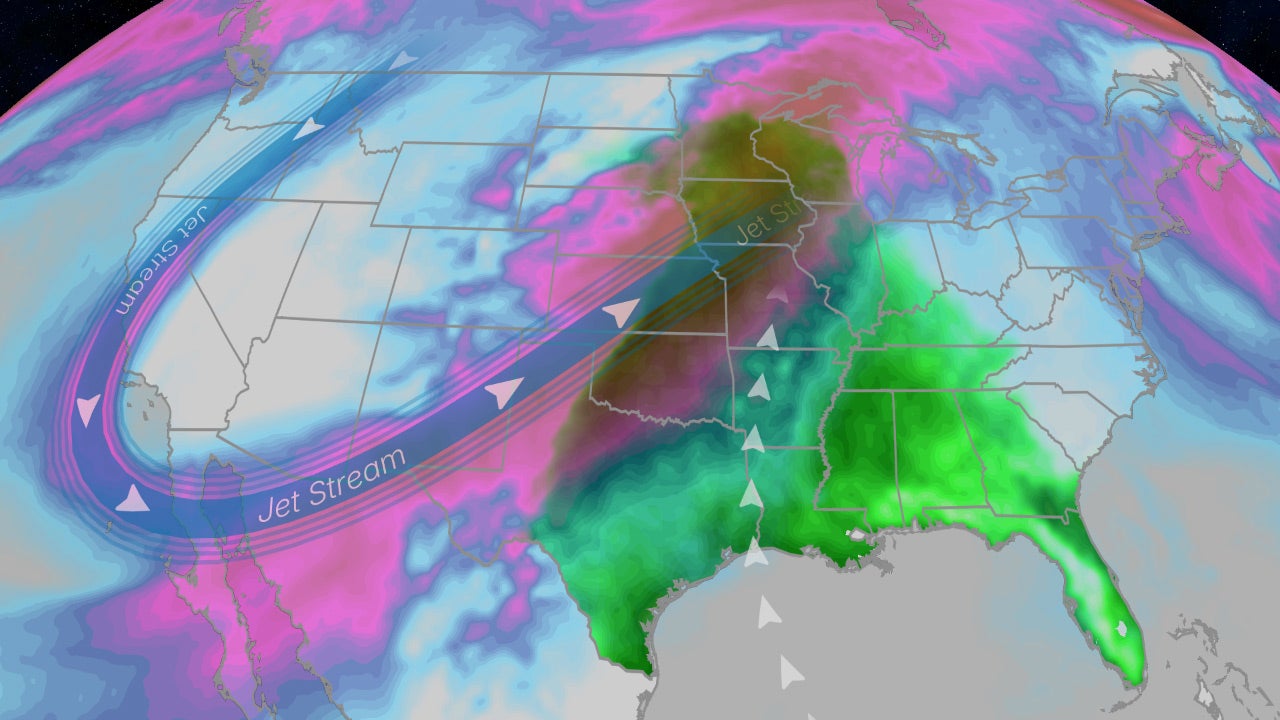Midwest & Plains Brace for Severe Storms: A Deep Dive into the Forecast and Preparedness
The Midwest and Plains regions of the United States are bracing for a significant severe weather outbreak. This isn't just your typical spring shower; we're talking damaging winds, large hail, and the potential for devastating tornadoes. Understanding the factors contributing to this weather event and taking proactive steps to prepare are crucial for ensuring safety and minimizing damage.
Understanding the Meteorology Behind the Severe Storms
Several meteorological factors converge to create the perfect storm (pun intended) for severe weather across the Midwest and Plains.
1. The Clash of Air Masses: The primary driver is the collision of contrasting air masses. Warm, moist air from the Gulf of Mexico surges northward, meeting cold, dry air from the north. This dramatic temperature gradient creates instability in the atmosphere, fueling the development of thunderstorms.
2. Strong Jet Stream: A powerful jet stream, a high-altitude river of fast-moving air, acts as a catalyst. Its strong winds provide the lift necessary to propel thunderstorms to impressive heights, intensifying their power and potential for severe weather.
3. Atmospheric Shear: Wind shear, a change in wind speed or direction with height, plays a critical role in the organization and longevity of thunderstorms. Stronger shear can lead to the formation of rotating updrafts—the genesis of tornadoes.
4. Moisture Content: The abundance of moisture from the Gulf of Mexico fuels the intensity of the storms. This moisture provides the necessary fuel for heavy rainfall and the development of large hail.
Types of Severe Weather to Expect
This weather system has the potential to produce a range of hazardous weather phenomena:
1. Tornadoes: The possibility of tornadoes is a significant concern. These violently rotating columns of air can cause widespread destruction and fatalities. Staying informed and seeking shelter are paramount.
2. Large Hail: Hailstones the size of golf balls or larger are possible. This can cause damage to property, vehicles, and crops.
3. Damaging Winds: Straight-line winds exceeding 70 mph are a realistic threat. These powerful winds can uproot trees, damage power lines, and cause structural damage to buildings.
4. Flash Flooding: Intense rainfall can lead to rapid flooding in low-lying areas and along rivers and streams. Be aware of flood warnings and avoid driving through floodwaters.
Essential Preparedness Tips
Before the Storm:
- Develop a family communication plan: Establish a meeting place and contact information for all family members.
- Create a supply kit: Include water, non-perishable food, a flashlight, batteries, a first-aid kit, medications, and important documents.
- Identify safe places in your home: Basements or interior rooms on the lowest level are generally the safest locations during a tornado.
- Monitor weather forecasts: Pay close attention to weather alerts and warnings from the National Weather Service (NWS). Utilize reliable weather apps and local news.
- Trim trees and shrubs: Remove any dead or weakened branches that could fall and cause damage.
During the Storm:
- Seek shelter immediately if a warning is issued: Follow your family's communication plan and get to your designated safe place.
- Stay away from windows: Avoid any area that might be susceptible to flying debris.
- If outdoors, take cover in a sturdy building or vehicle: Lie flat in a ditch if no shelter is available.
- Avoid floodwaters: Never attempt to drive or walk through floodwaters.
After the Storm:
- Check for injuries: Provide first aid if needed and seek medical attention.
- Assess property damage: Take photos of any damage for insurance purposes.
- Report downed power lines: Contact your local utility company immediately.
- Stay informed about recovery efforts: Follow instructions from local officials.
Understanding the Severity:
The NWS utilizes a variety of tools to assess the severity of storms, including radar technology and storm spotter networks. Paying close attention to their warnings is critical.
The Midwest and Plains are no strangers to severe weather, but the potential for widespread and impactful storms demands vigilance and preparation. By understanding the meteorological factors, heeding warnings, and following safety guidelines, we can minimize the risks and ensure the safety of ourselves and our communities.
